What if you could form a partnership with your landscape — one that promotes wildlife, lessens your dependence on fertilizers and pesticides, and makes your yard more resilient in the face of climate change? Sounds pretty good, doesn’t it? Well, a collective of Island conservation groups, botanists, and landscaping practitioners has put their heads together to help you with this partnership. And the result is a nature-based landscaping guide called Plant Local, Martha’s Vineyard (Plant Local MV). The complete 48-page guide is available as a free PDF download online at thevineyardway.org. Additionally, there are limited print copies of the booklet, and the information is highlighted in posters and brochures at Island nurseries, in both English and Portuguese.
The goal of Plant Local MV is to familiarize you with native plants and to help you be more comfortable choosing and planting them. After doing a series of intensive focus groups, the conservation collective — which includes BiodiversityWorks, Vineyard Conservation Society, the Polly Hill Arboretum, and several individuals, in partnership with the Martha’s Vineyard Commission —concluded that people didn’t know what native plants were or what they looked like. They received feedback that there wasn’t enough education or information available about native plants or lawn alternatives or how to implement them. Focus groups — especially landscapers and designers — mentioned, too, the difficulty in meeting homeowner expectations of seaside landscapes and perfect lawns.
So, what are native plants? The guide includes a handy list, with descriptions and benefits, of the Top 20 native plants for the Island, from perennials such as cardinal flower and Joe Pye weed to grasses, trees, and shrubs such as Switchgrass, American holly, and beach plum. The plants in the top 20 (see list below) were chosen for their ecological benefits, growth characteristics, easy care, beauty, and availability at local nurseries. Additionally, Polly Hill Arboretum has an online database of all native plants, which numbers in the hundreds.
The guide illuminates the benefits of native plants. They tend to be more resilient to weather extremes that include droughts, excessive rainfall, intense winds and severe storms – events we are seeing more often with climate change. Many native plants have deep root systems that require less water and tolerate droughts. Their roots also help control erosion of soil and filter rainwater to help keep Island ponds clean. And native plants are essential to ensuring wildlife food and shelter — and to providing a network of habitats around the Island for wildlife.
Planting natives is increasingly important as the Vineyard’s population and development grow: A 2021 botanical study by Polly Hill Arboretum found that we have lost nearly 80 native plant species over the past several decades while non-native plants increased by over 200 species! And the folks who put together the Plant Local MV guide, working in tandem as part of a goal to implement the Martha’s Vineyard Climate Action Plan, have flagged native plants as an important tool in our Island-wide effort to build resilience in the face of climate change.
The guide includes tips for selecting native plants and getting started on a landscape design. It has a helpful section on caring for your native plants, including how much to water, mulch, and protect. It includes a spread on “problem” plants to avoid, including Japanese knotweed, bamboo, Autumn olive, English ivy, and wineberry which can be invasive. (In some cases “invasive” is more like intractable.)
And particularly helpful is a section called Plant This, Not That, which can guide your decision-making at the nursery or when working with a landscaper. For instance, a native groundcover called bearberry is a better choice than creeping myrtle (a.k.a. periwinkle or Vinca). While creeping myrtle can smother other plants, bearberry provides food for birds and is a host plant for 14 species of butterfly and moth larvae.
Plant Local MV also lists common misconceptions about native plants. For instance: Misconception #1: Native plants are messy.
"While some native plants can look more unkempt than others, you can have a stunning garden that also provides habitat for birds, butterflies, and other wildlife by using thoughtful design tenets, such as massing groups of plants in pleasing combinations.”
In the back of the guide are four useful garden designs created by Rich Couse and Sian Foulkes: the sun seeker, the shady stunner, the damp diva, and the waterless wonder. You can take one of these to a local nursery and create your new landscape.
Armed with all of this information — and the knowledge that you can improve wildlife habitats and plan for climate change in your own garden —you’ll be ready to join the Plant Local movement!
Sources
• Find the Plant Local MV guide at thevineyardway.org
• Find the Polly Hill Arboretum native plant database online here.
_________________
An Island-Wide Effort:
How the Plant Local MV Group Sprouted Up
While Plant Local MV is an initiative of The Vineyard Way (an Island-wide climate action plan) and a product of collaboration between BiodiversityWorks, Vineyard Conservation Society (VCS), the Polly Hill Arboretum, and the Martha’s Vineyard Commission (MVC), the nitty gritty work began when over 50 community members participated in seven focus groups. Focus group members included landscapers, plant nursery staff, landscape designers, Wampanoag Tribal members, gardeners, and homeowners.
The focus groups were assembled by Sakiko Isomichi, a 2023 Martha's Vineyard Vision Fellow, and three community liaisons — Cathy Verost, Deborah Silva Duarte, and Jannette Vanderhoop — with support from consultant Meghan Gombos and Liz Durkee at the MVC. Liz Durkee, who is retiring from her job as Climate Change Coordinator for the MVC this June, was noted by her team members for her steadfast support of the initiative.
Each focus group had five to 11 participants in it and met for three hours to discuss the challenges to native plants, lawn reduction, and overall land use, ending with potential solutions to these challenges. Every conversation was spirited, full of ideas and suggestions, both aspirational and inspirational. Not only did the idea for the native plant guide come out of these discussions, but a number of big ideas to focus on – including making native plants more available at a scale appropriate to landscapers – emerged as well.
From there, Luanne Johnson (director of BiodiversityWorks) and Rich Couse (director of Natural Neighbors Program) collaborated with Samantha Look (executive director of VCS), Meghan Gombos, Zada Clarke (director of advocacy & community organizing, VCS) and Sian Foulkes (designer) to bring the guide to life, aided by grants from the Edey Foundation and from Mass. Municipal Vulnerability Preparedness program.
The Top 20 Native Plants
From hundreds of plants native to Martha’s Vineyard, the Plant Local MV team chose their top 20 based on the following criteria: availability at local nurseries, ecological benefits, growth characteristics, easy care, and beauty. The guide gives descriptions and benefits for each of these plants. Find the full list of natives at pollyhillarboretum.org.
Perennials
•Blue Flag iris
•Cardinal flower
•Joe Pye weed
•New England aster
•Orange butterfly weed
•Red columbine
•Seaside goldenrod
•Swamp milkweed
•Swamp rose-mallow
Grasses
•Little bluestem
•Pennsylvania sedge
•Switchgrass
Trees
•American holly
•Beetlebung
•Eastern red cedar
Shrubs
•Arrowwood
•Beach plum
•Bearberry
•Inkberry
•Sweet pepperbush
_______
Tim Boland is a botanist, horticulturist, and executive director of the Polly Hill Arboretum. Sakiko Isomichi works with people, plants, creatures, and land.






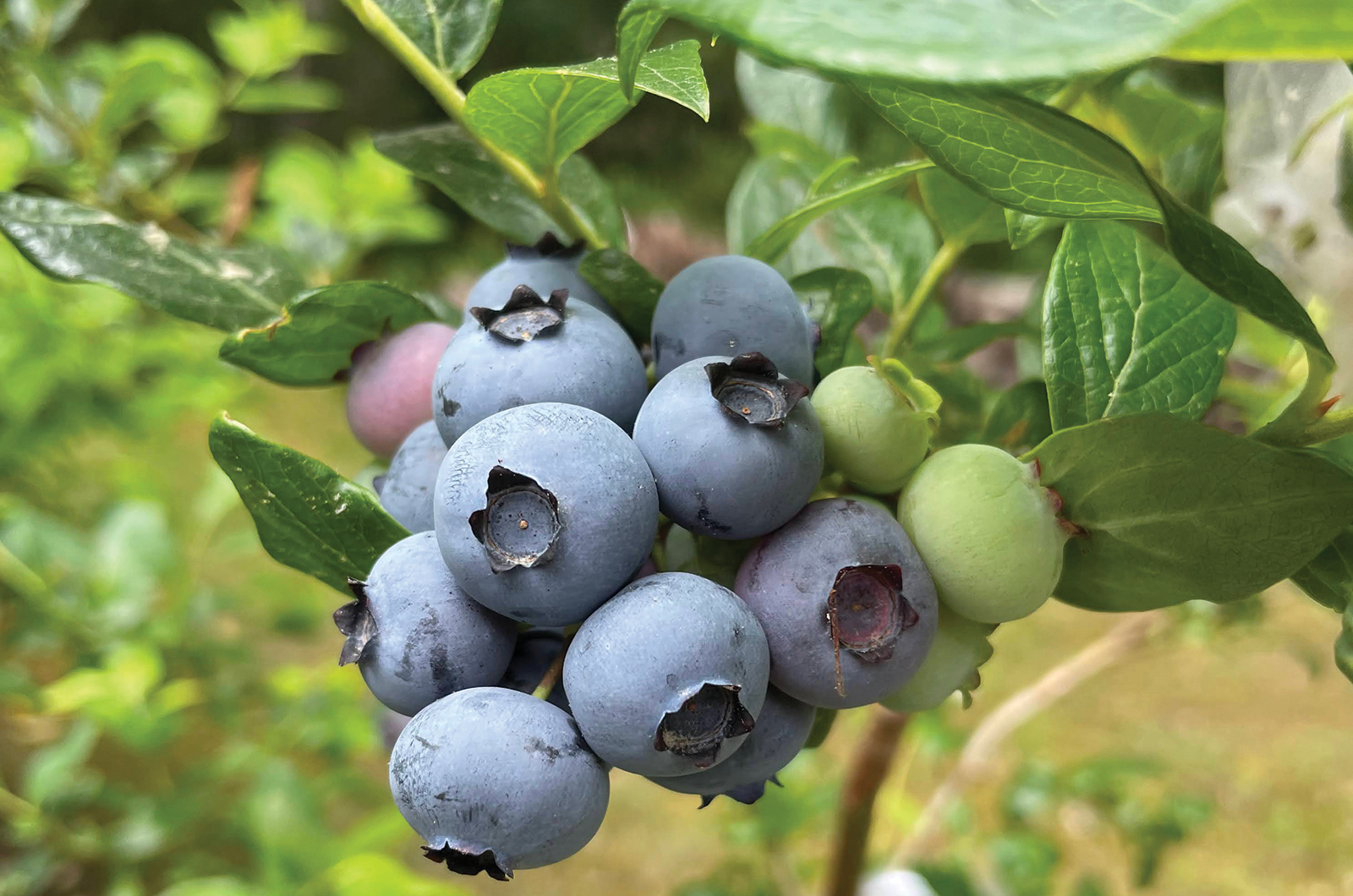
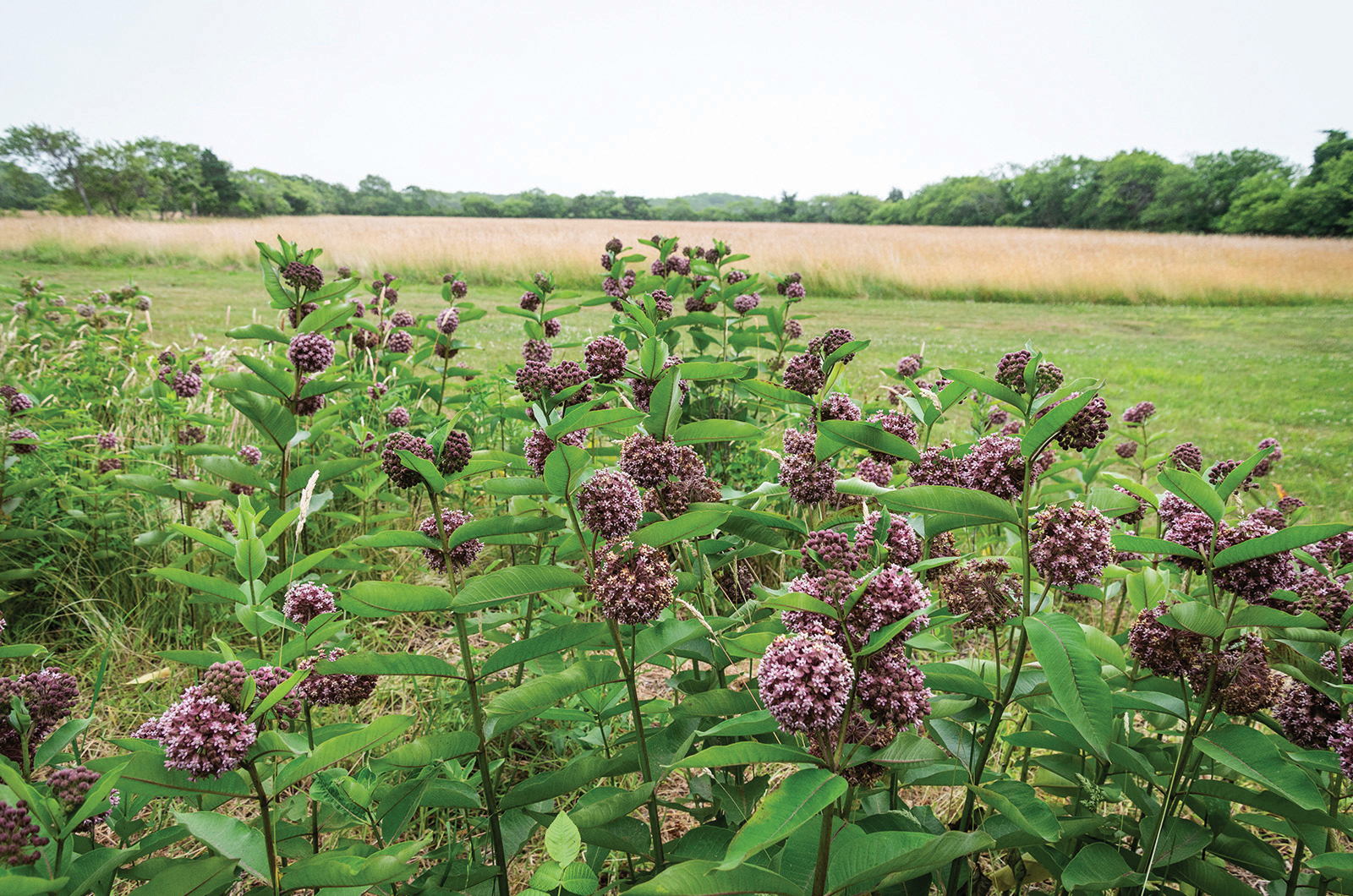
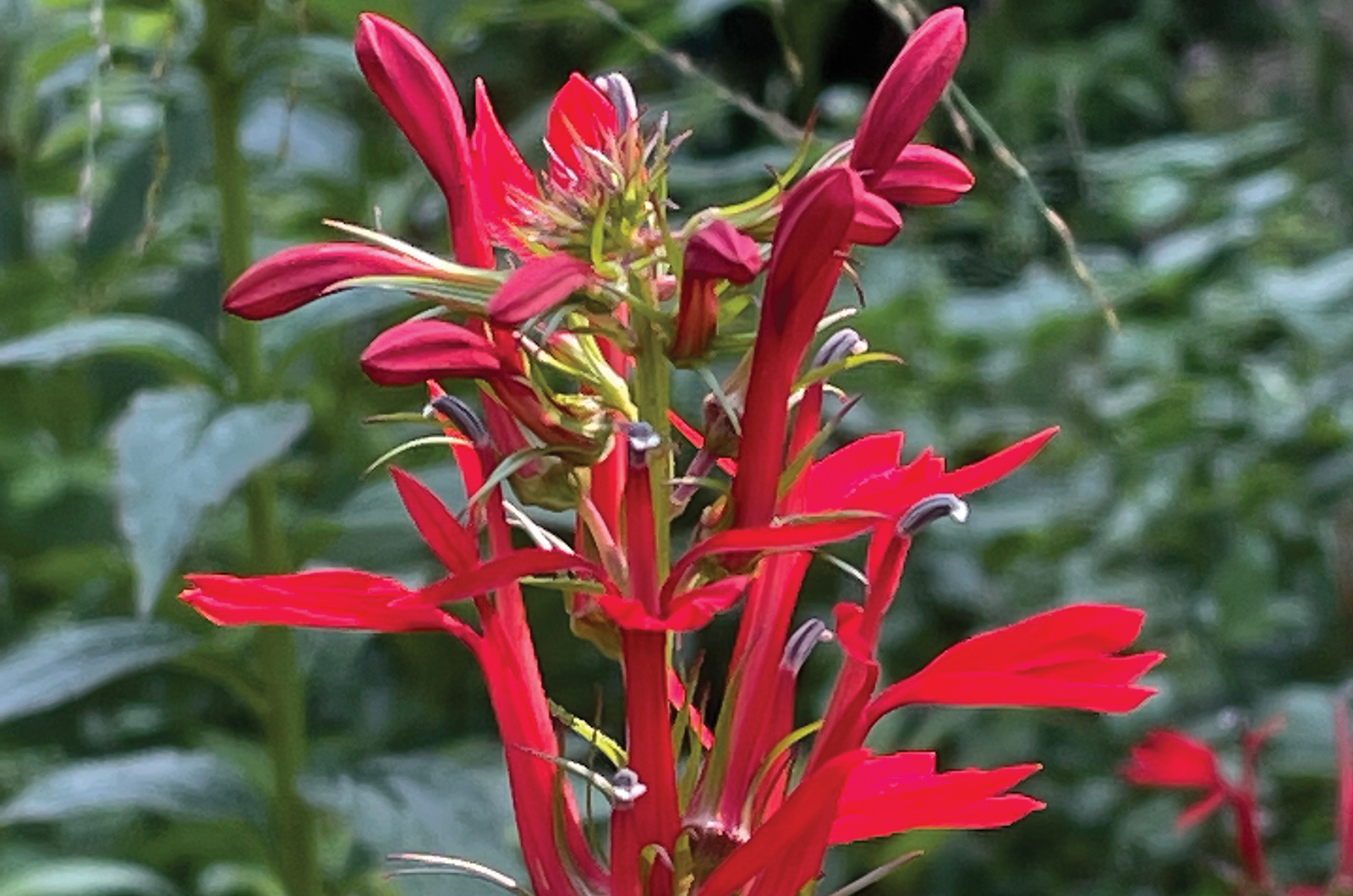


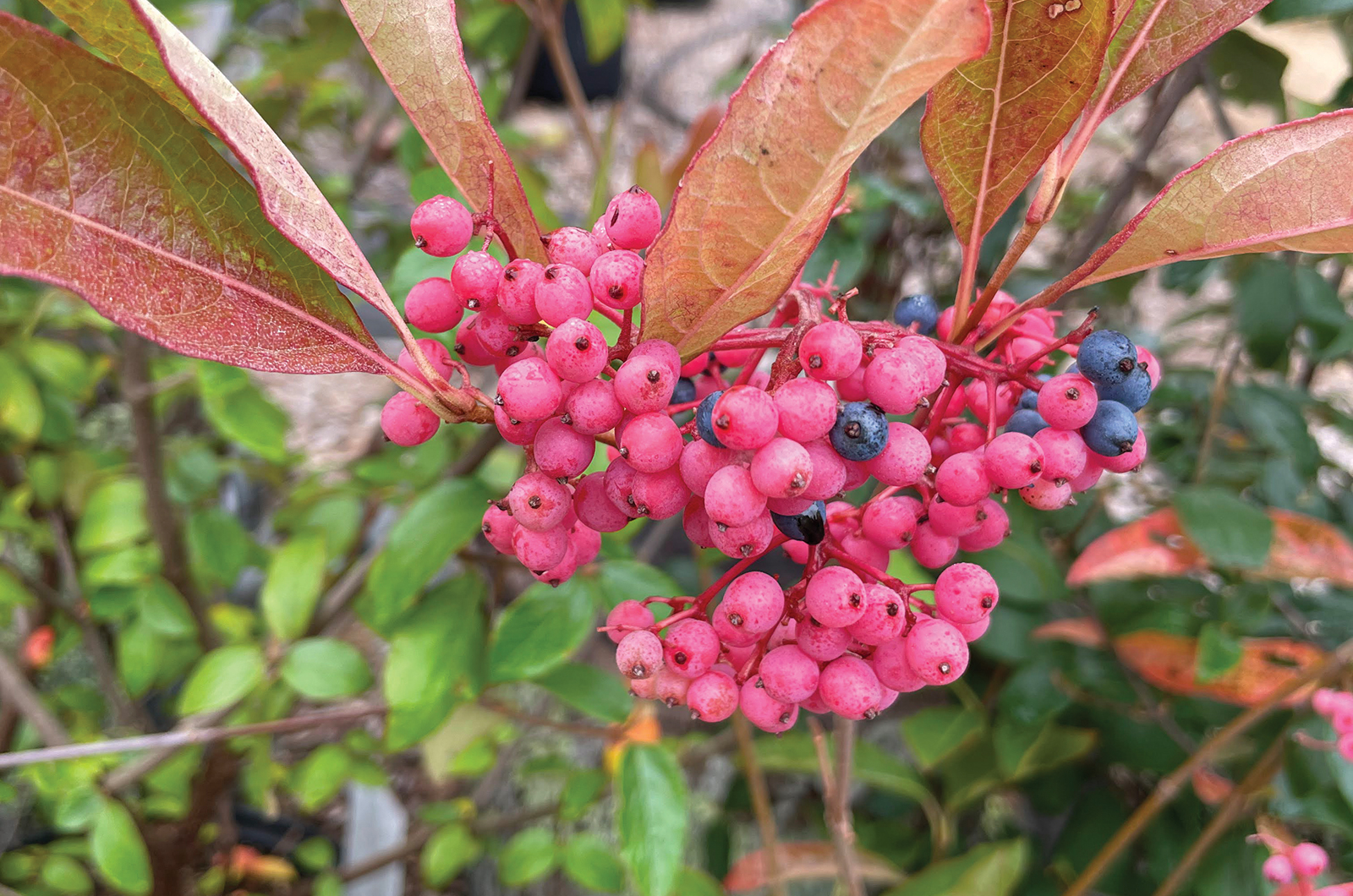

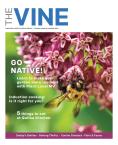




Comments